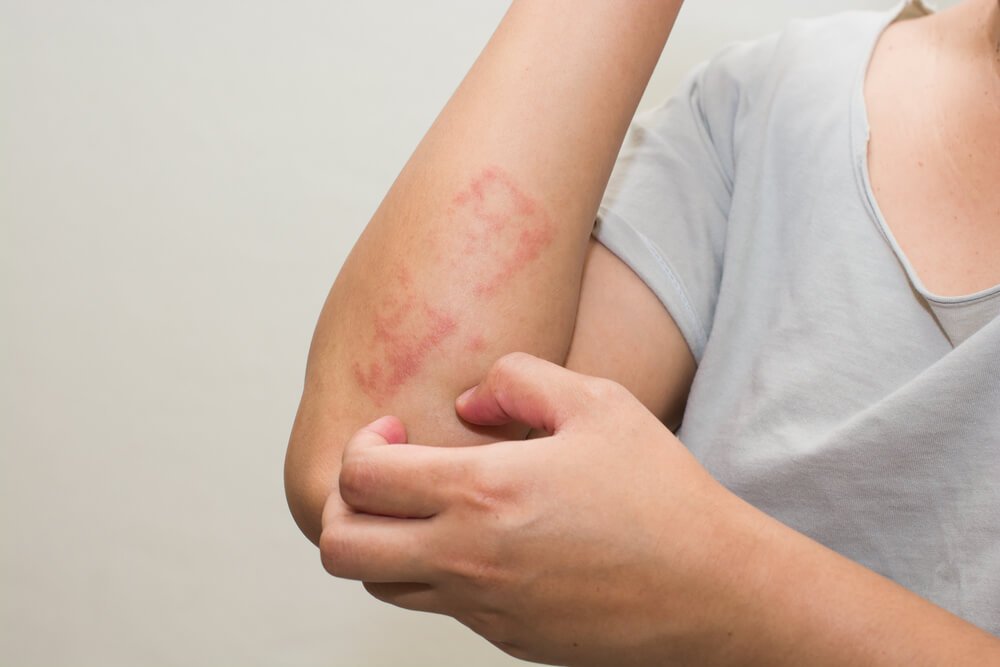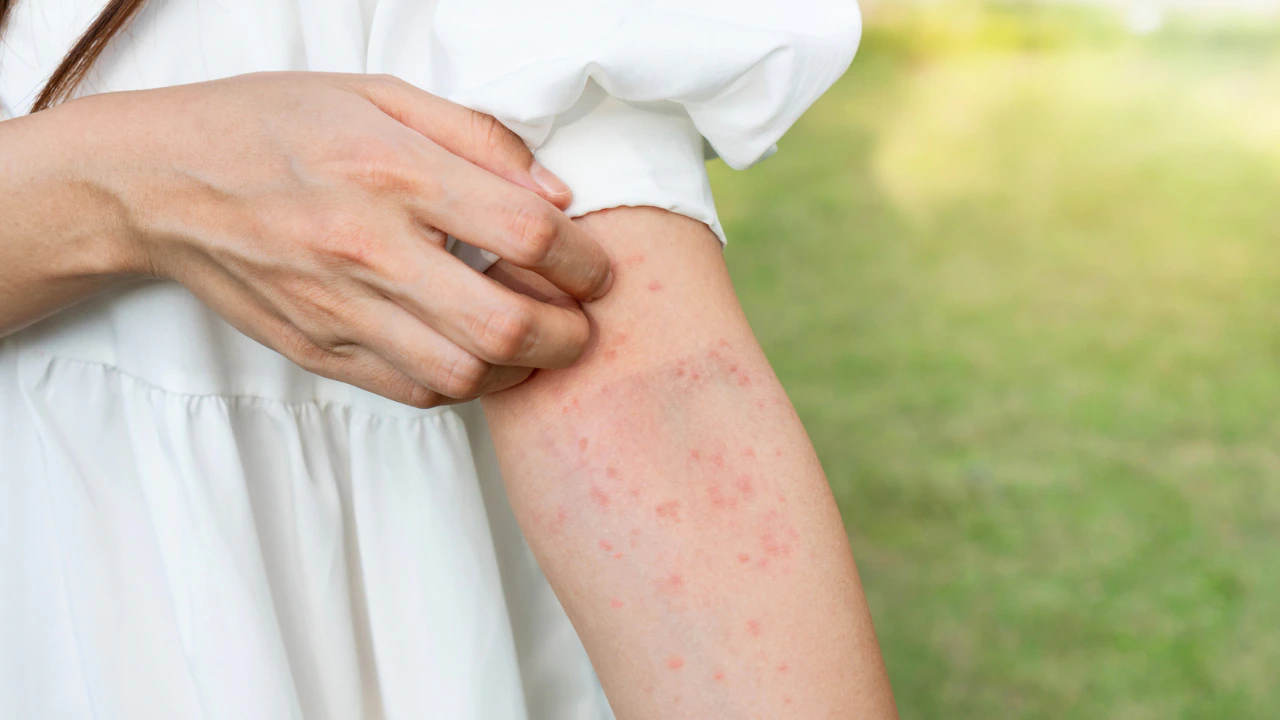Concept about Hypersensitivity – Health of the children has been considered as the vital importance to all societies because children are the basic resource for the future of humankind. Nursing care of children is concerned for both the health of the children and for the illnesses that affect their growth and development. The increasing complexity of medical and nursing science has created a need for special area of child care, i.e. pediatric nursing.
Pediatric nursing is the specialized area of nursing practice concerning the care of children during wellness and illness. It includes preventive, promotive, curative and rehabilitative care of children. It emphasizes on all round development of body, mind and spirit of the growing individual. Thus, pediatric nursing involves in giving assistance, care and support to the growing and developing children to achieve their individual potential for functioning with fullest capacity.

Concept about Hypersensitivity
Immunological Disorders:
- Hypersensitivity reactions
- Autoimmune diseases
- Immunologic deficiency syndromes
- Amyloidosis
Hypersensitivity:
Hypersensitivity may be defined as inappropriate or excessive immune response to an antigenic stimulus in a pre-sensitized host leading to tissue damage.
Classification of Hypersensitivity:
Coombs and Gel (combined) classification:
- Type 1 or anaphylactic hypersensitivity
- Type II or cytotoxic hypersensitivity
- Type III or immune complex mediated hypersensitivity
- Type IV or delayed or cell-mediated hypersensitivity
On the basis of onset of action:
- Immediate (requires minutes to hours) e.g. Types I, II, III.
- Delayed (requires hours to days) e.g. Type-IV.
On the basis of mechanism of action:
- Antibody mediated, e.g. Types I, II, III & V.
- Cell mediated, e.g. Type-IV hypersensitivity.
promote a child health
Promotion of health: By the following way we can promote of physical, mental and social wellbeing of a child
a) Provide exclusive breastfeeding for 6 months, semisolids to be started after six months of age. Give newborn infants no food or drink other than breast milk, unless medically indicated before 6 months of age.
b) Provide adequate nutrition/balanced & nutritious diet.
c) Ensure the healthy environment for a child. Such as-
- Clean & healthful house.
- Suitable living environment,
d) Must be ensured the following things for a child.
- Adequate play.
- Amusement.
- Love.
- Affection.
- Security.
- Recognition.
- Recreation.
- Company of the other child.
e) Establish better relationship between parents-child & society.
f) Provide healthful school environment. For a healthful school environment the following are essentials-
- Adequate toilet and lavatory facilities.
- Pure water supply.
- Good lightening and ventilation.
- Suitable chairs and desks.
- Rest room and play ground.
- Neat and clean environment.
g) Periodic medical checkup of a child.
h) Ensure regular childhood growth monitoring.

Prevention of disease: Preventive health care is a continuum that includes –
a) Primary prevention: Primary prevention is directed at avoiding disorders before they begin. Such as:
- Chlorination of water.
- Addition of iodine to salt.
- Tetanus immunization.
- Counseling the parents about keeping poisons and drugs out of reach of children.
b) Secondary prevention: Secondary prevention measures in which a condition is identified early and effective treatment is instituted to cure and prevent further progress of the illness.
c) Tertiary prevention. Tertiary prevention is directed at ameliorating or halting disabilities from established diseases. Such as-
- Providing physiotherapy to a patient of poliomyelitis.
A nurse can play an integral part in protecting children’s health at all four levels as-
a) Direct provider of preventive services.
b) Coordinator of services.
c) Leader in developing community-based programs and
d) Advocate for child health.

Responsibility of a Nurse for Child Immunization:
1. Motivation of general people about the importance of immunization and its benefits.
2. Estimation of beneficiaries of the area and identification of non-participants and dropouts of immunization.
3. Assessment of problems and reasons for non-acceptance of immunization and intervening to solve the problems.
4. Information, health education and communication about the immunization session, time, place, available vaccines and other health facilities related to immunization.
5. Organization of immunization clinics at different health institutions, immunization camps, out- reaches and home based services.
6. Arrangement and maintenance of required amount of vaccines and other necessary equipment and materials for the particular immunization center or clinic.
7. Maintenance of cold chain system at immunization center or during transportation of vaccines to home or clinics with necessary precautions to preserve the efficacy and potency of the vaccines.
8. Care of the cold chain equipment’s and maintenance of recommended temperature for vaccines are crucial aspects of the success of immunization program,
9. Administration of vaccines is important responsibilities of the nurses at all levels of health care. Nurse should follow the basic nursing skills of aseptic techniques and check the vaccine vials or ampules.
10. Reconstitution of vaccines should be done according to particular instructions with specific diluents.
11. Selection of proper site, positioning of the child, maintenance of six-rights and steps of medication should be followed. Instruction of the vaccine manufacturer or physician’ directions or standing orders should be noticed and kept in mind during vaccination.
12. Observation of possible reactions after vaccination and providing necessary instructions, about the care of the child following immunization, to the parent and family members.
13. Information about the next date of visit to complete the immunization as per schedule and dangers of default.
14. Maintenance of immunization card with required information and next date of visit.
15. Maintenance of clinic records, registers, stocks, number of attendance for vaccination, vaccine used etc.
16. Reporting about immunization coverage and problems of the particular area.

17. Participating in research activities and new approaches related to immunization program.
18. Updating own knowledge and developing skill regarding advancement of immunization practices and changing attitudes.
(Ref by-Parul Datta/3/44-45)
Read more:
